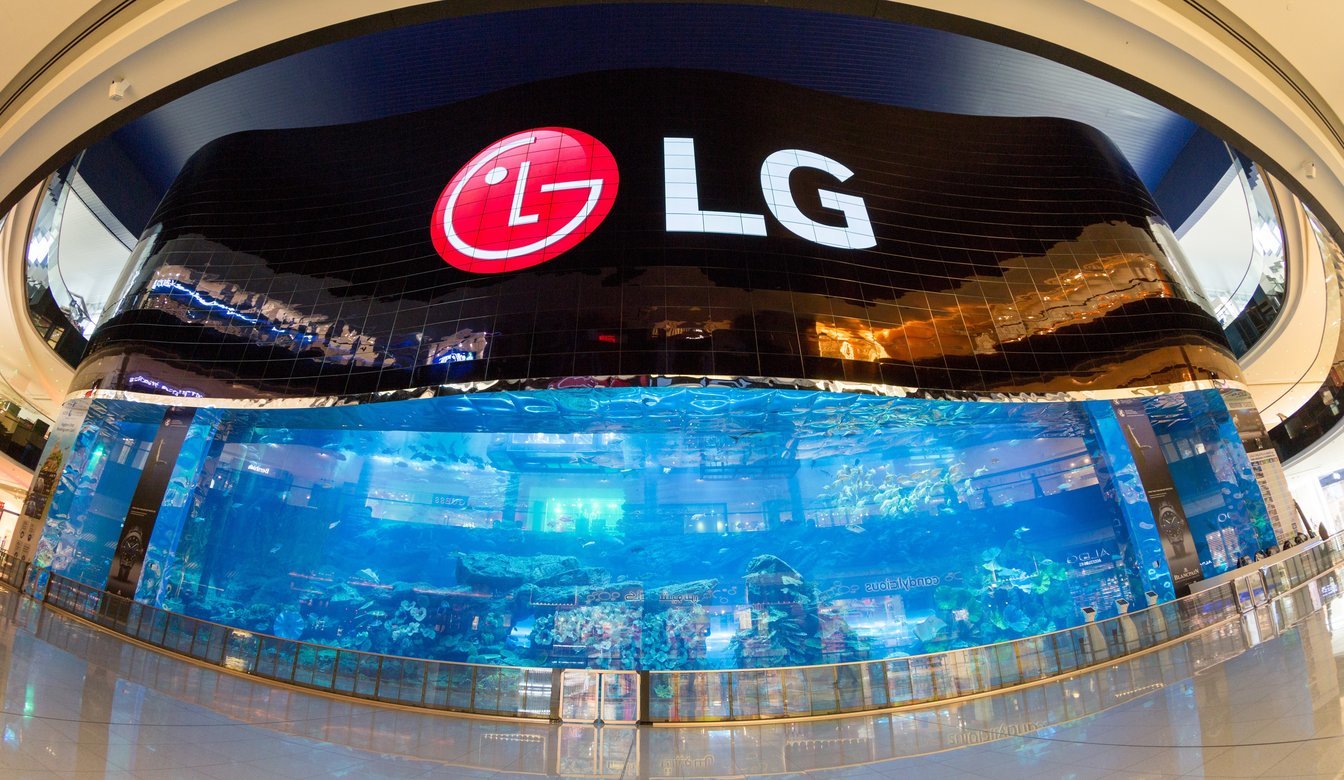LG Display is looking to expand its OLED business with plans to build a new 8.6G OLED display factory that is intended to manufacture panels for tablets, laptops and monitors, ZDNet reported this week.

The report suggests that OLED is increasingly become the display technology of choice for premium devices in all three segments, and comes after LG Display’s rivals BOE and Samsung Display announced their own plans to expand OLED production.
In April last year, Samsung Display said it will invest $3.1 billion in a new 8.6-Gen QD-OLED factory, and intends to have that facility up and running by 2026. BOE then announced its own plans in December, saying it will spend a whopping $9 billion to build its own 8.6G OLED manufacturing facility. That operation is expected to be finished by late 2026, the Chinese company said at the time.
And now its LG Display’s turn to ramp up OLED production. The plans haven’t been officially confirmed yet, but ZDNet cited sources familiar with the company’s plans as saying that it has decided to proceed with plans to invest in its P10 factory, having originally put them on hold. The plan is to add 8.6G production facilities beginning in the third or fourth quarter of this year, the report said.
LG Display has not commented on the report and there was no mention of how long it might take for the new production capacity to come online. However, ZDNet said the company plans to increase its OLED manufacturing capacity to between 7,500 and 15,000 substrates per month. Substrates are large panels that can be cut into several smaller displays.
ZDNet’s sources said the company is planning to set up its new 8.6G OLED production line at its existing facility in Paju, South Korea. That facility, known as P10, was originally intended to manufacture “super-sized” but more affordable 10.5G OLED panels, but with TV sales in decline since last year, the company has decided to prioritize the production of smaller OLED panels instead.
No doubt, the display maker’s plans to invest in further OLED production capacity are, at least in part, a response to Apple’s announcement that it will switch to OLED for all of its iPads, MacBooks and Mac computers going forward. The first iPads fitted with OLED displays could launch as soon as this March, according to industry insiders, though these displays will likely be manufactured in existing facilities.
Apple’s decision to ditch LCD for OLED is likely to accelerate an industry-wide transition from the older technology to the new.